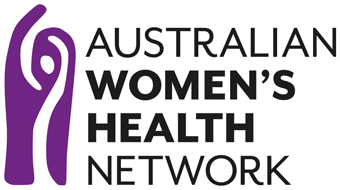PLAIN LANGUAGE SUMMARY Women carers are more diverse than once thought
Publisher: Australian Longitudinal Study on Women’s Health, 2016
Status – CURRENT
A University of Queensland study has challenged perceptions about women providing care for disabled, ill or frail family members. The study examined the patterns of caring undertaken by more than 26,000 young and mid-age Australians.

